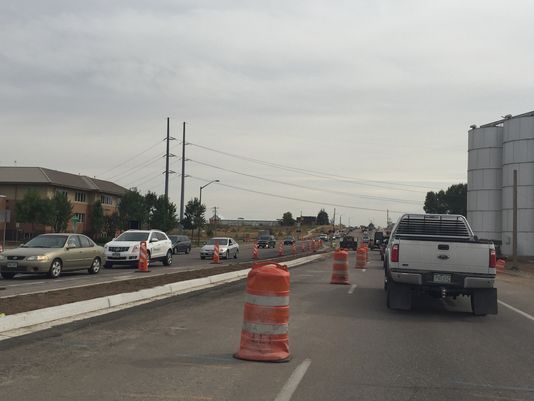We all recognize the jerks on the road when it comes time to merge.
A construction project has narrowed the number of open lanes, and these motorists have the audacity to shoot to the front of the line and cut into the remaining open lane amid a chorus of honks, yells and gestures.
However, they're the ones who are merging correctly, according to the Colorado Department of Transportation.
The department has been promoting for a decade the "zipper method" of merging when traffic is particularly congested. Officials recommend this late-merge strategy in which drivers use the entire roadway and take turns merging from the closed lane into the open one at the point when the road narrows.
In heavy congestion, this strategy reduces delays by as much as 35 percent, according to the department.
When people merge early, they create a more severe backup because they leave a lane unused, CDOT spokesman Bob Wilson said.
Despite the department's decade-long education effort, people still merge early, though merging early in low congestion does have less of a negative impact.
"I don't know what it's going to take to get people on board," Wilson said. "Changing people's driving behaviors is a long process."


